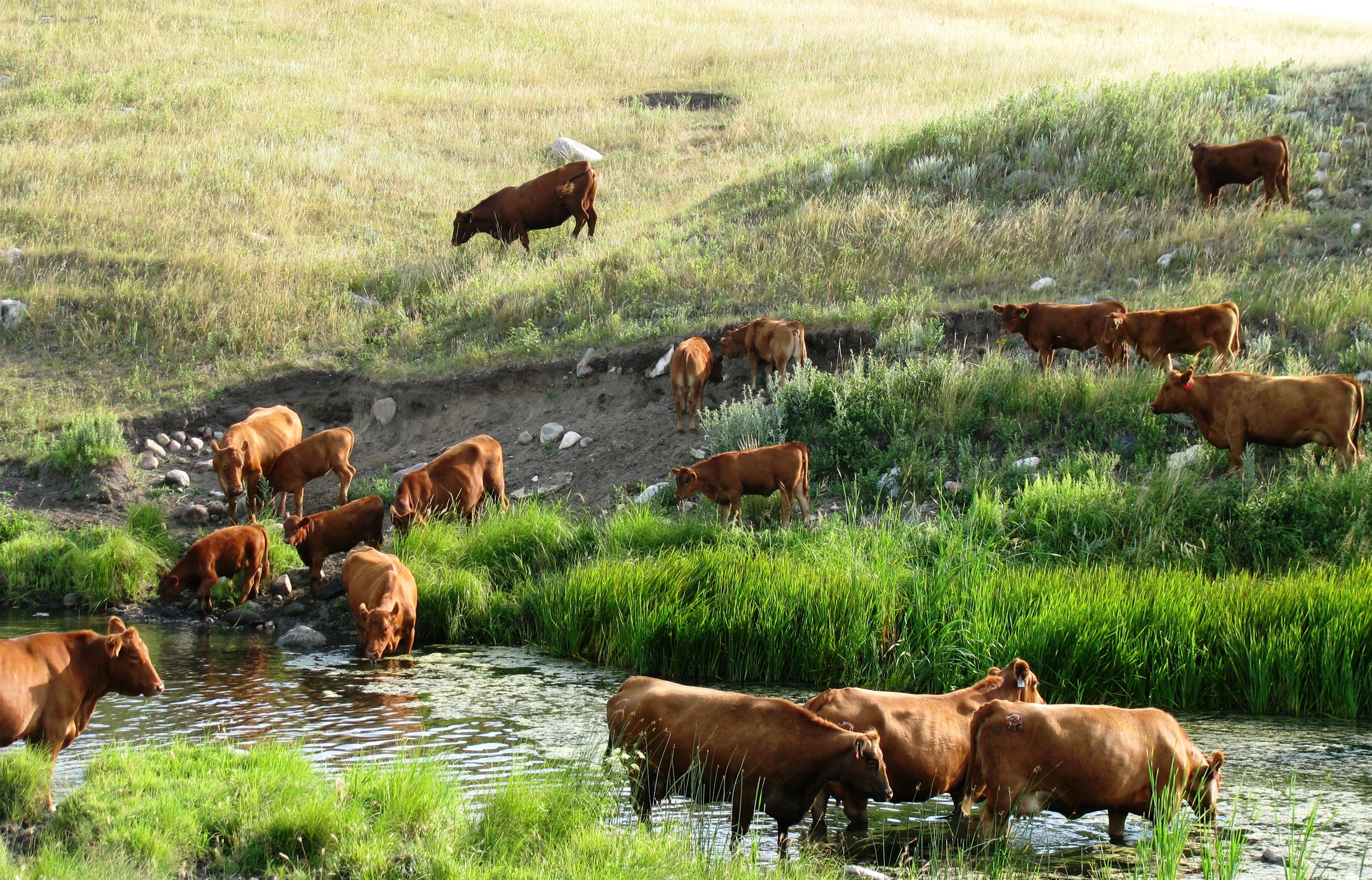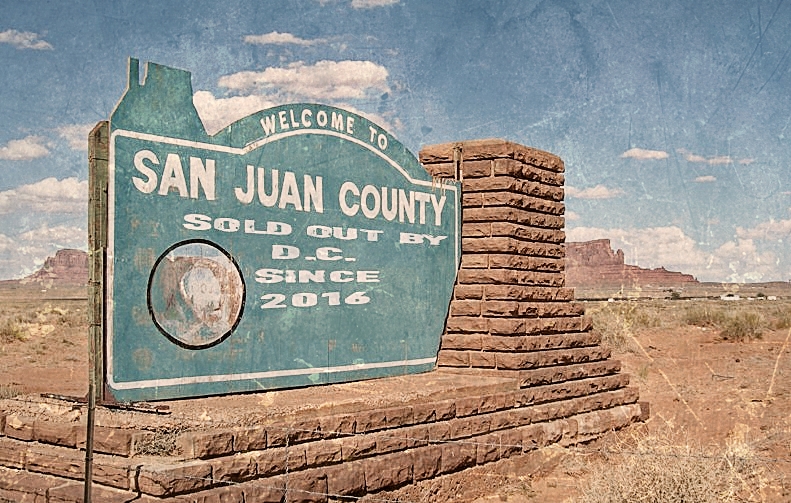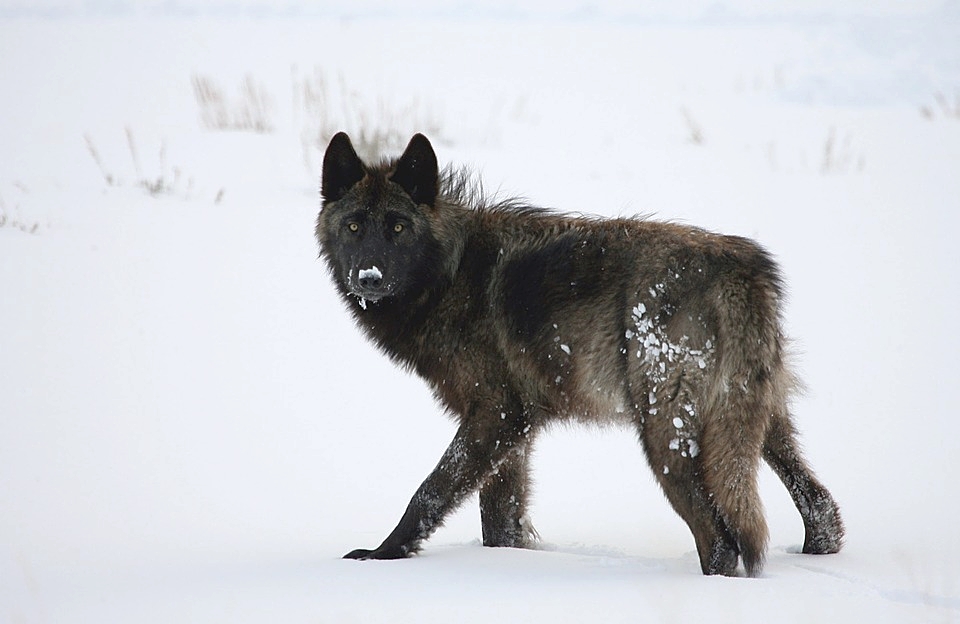Last year, a “biological opinion” conducted by the U.S. Fish and Wildlife Service concluded that grazing plans for the allotment are unlikely to jeopardize the frog or adversely affect its critical habitat, as long as certain conditions are followed.
Mateusz Perkowski
Lawsuit renews attack on grazing in Oregon national forest
Environmentalists are continuing their legal battle against grazing in Oregon’s Fremont-Winema National Forest with a lawsuit over federal management of a 170,000-acre livestock allotment.
The complaint filed by Concerned Friends of the Winema and four other environmental groups marks the fourth case in roughly a decade alleging violations of federal statutes in the Antelope allotment. Environmental groups won more than $340,000 in litigation costs for two of those earlier cases.
In the most recent lawsuit, the U.S. Forest Service is accused of unlawfully approving a 10-year grazing permit for the allotment despite “irreparable harm” to the threatened Oregon spotted frog and wetland plants and mollusks.
“Rather than protect these special resources, the Forest Service has continued to authorize livestock grazing on the allotment that its own monitoring and experts acknowledge is causing chronic damage and unacceptable impacts to these riparian areas and species,” the complaint said. “Mitigation measures — such as fences and water troughs — have not been effective at preventing cattle from harming the sensitive species and their habitat.”
A representative of the Forest Service said the agency doesn’t comment on pending litigation and Capital Press was unable to reach an attorney who has represented affected ranchers in the past.
Last year, a “biological opinion” conducted by the U.S. Fish and Wildlife Service concluded that grazing plans for the allotment are unlikely to jeopardize the frog or adversely affect its critical habitat, as long as certain conditions are followed.
Because the plans only allow for “moderate” levels of grazing and require fencing and gates to shield Oregon spotted frogs from livestock during sensitive periods of low water, the effects on the species are expected to be insignificant, the report said.
“Therefore, since riparian system function will be maintained or improved, and since water quality and quantity will be maintained, and given Oregon spotted frogs are dependent upon riparian and aquatic systems, we expect that habitat function for Oregon spotted frogs would not change,” according to the agency.
Free Range Report
Thank you for reading our latest report, but before you go…
Our loyalty is to the truth and to YOU, our readers!
We respect your reading experience, and have refrained from putting up a paywall and obnoxious advertisements, which means that we get by on small donations from people like you. We’re not asking for much, but any amount that you can give goes a long way to securing a better future for the people who make America great.
[paypal_donation_button]
For as little as $1 you can support Free Range Report, and it takes only a moment.



